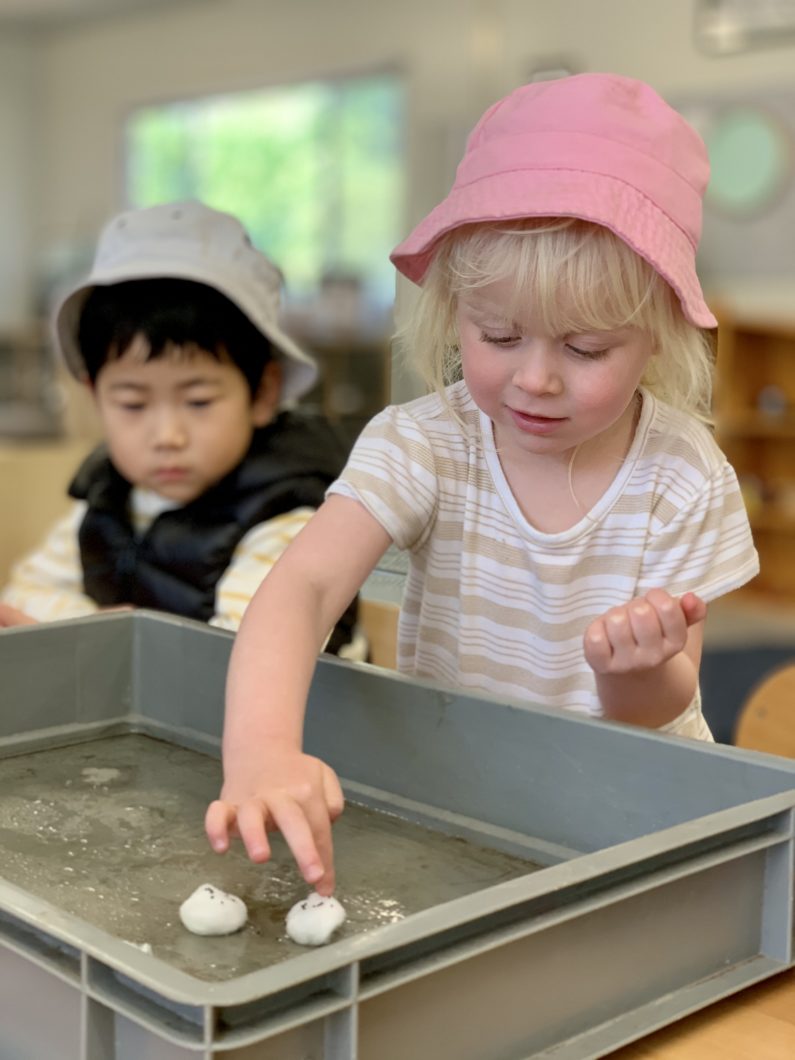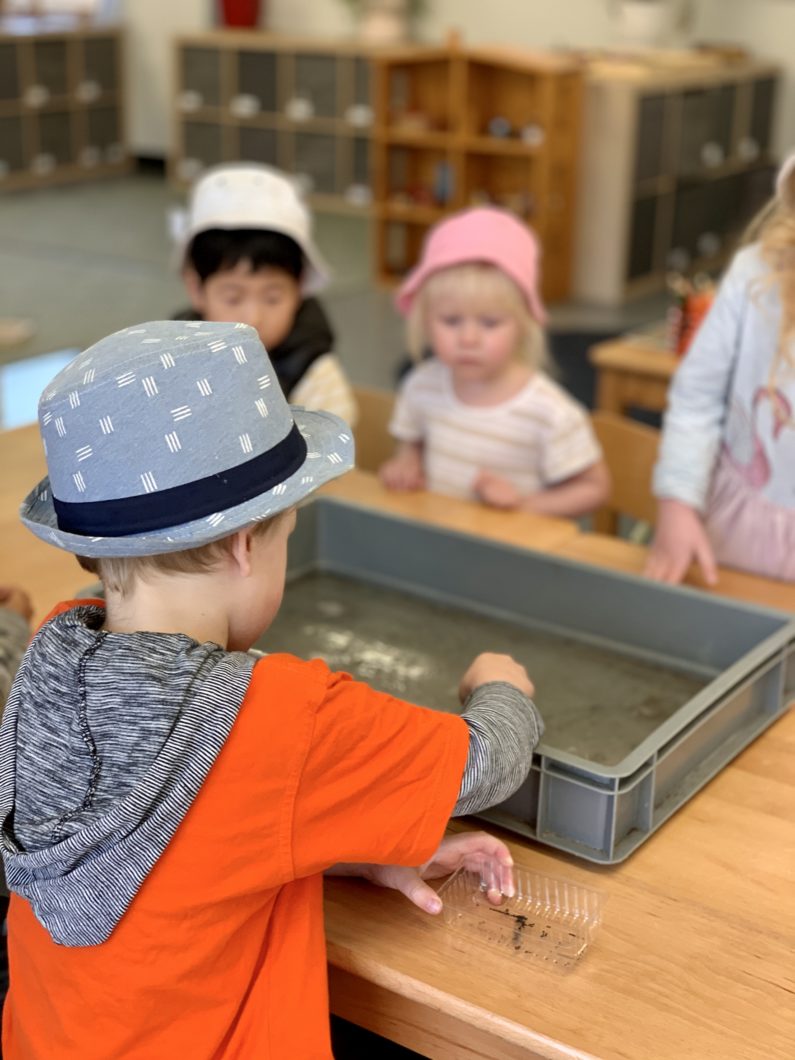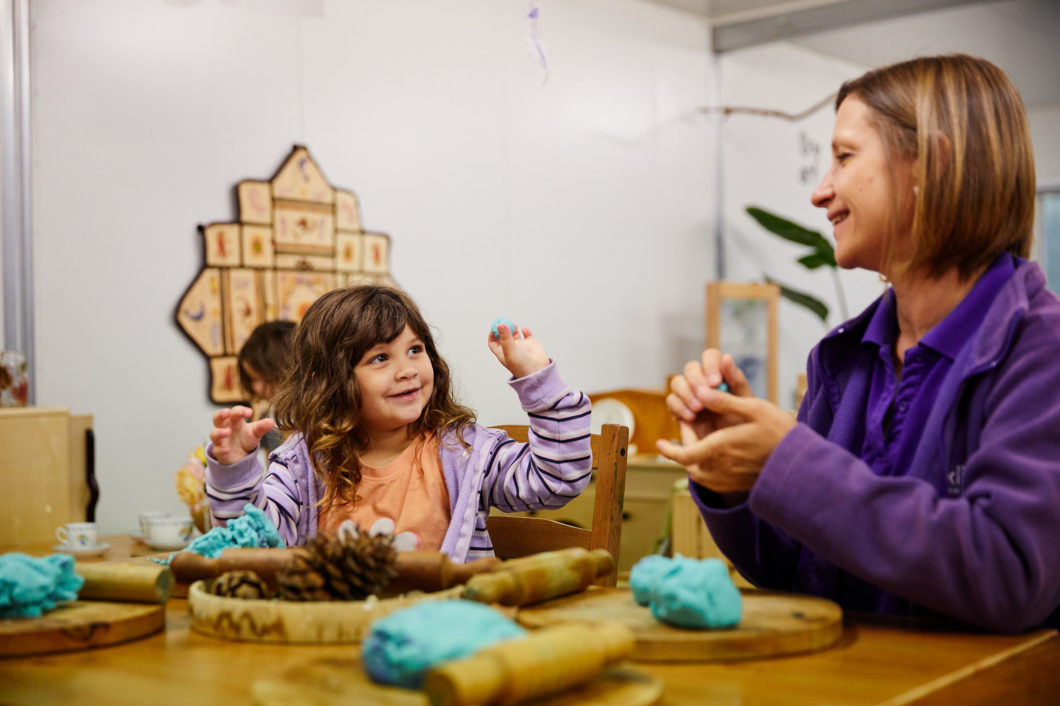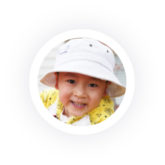From birth, children experience, explore and interact with the world around them using their senses. Discovering the way different things taste, feel, sound, smell and look is instrumental in children’s understanding of the world, and is lots of fun too! Sensory play is favourite among children and educators alike at Choklits Child Care and Kindergarten, so we thought we’d share this blog about the importance of sensory play along with some simple activities you can try out at home provided at the end.
The Importance of Sensory Play in Early Childhood
While we often associate strong sensory reactions with children, it’s worth looking at how adults experience life with their senses too. Think about your favourite memories; you might be surprised by the strong link they have with one or more senses. For example, the sound of the ocean might trigger a memory of a family beach trip, you might remember your high school formal every time you hear a specific song or be reminded of a cherished childhood friendship by the smell of bubble gum or a campfire.
Research has also shown that both children and adults learn best when multiple senses are engaged, for example, listening to something being said out loud, looking at a diagram and writing it down, so our senses are really important!
What is Sensory Play?
Sensory play is any activity that stimulates and engages the senses. This includes the five main senses of sight, smell, touch, taste and sound, as well as the less frequently discussed senses, balance and proprioception (or spatial awareness). Babies are born without fully developed senses; they mature over time as the child learns and grows. As children explore the world around them, new sensory experiences create nerve connections, building new pathways in their brain.
What are the Senses?
Sight
For the majority of adults, sight is the sense we are most reliant on. Sight is the stimulation of light receptors in the eyes, which our brain interprets into images.
Smell
Smell is experienced through the stimulation of nerve endings in our nose which then transmit the message to the brain. Fun Fact: humans have over 400 smelling receptors!
Touch
Touch is thought to be the first sense that humans develop, and is the stimulation of receptors in the skin that react to temperature, pressure and vibration.
Taste
Taste is the stimulation of chemical receptors in the mouth called taste buds, of which adults have been 2,00 and 4,000. Taste is usually broken down into five flavour categories; sweet, salty, sour, bitter and umami.
Sound (hearing)
We experience sound through the workings of our ear canal. When something makes a noise, the sound waves travel through the air to our ears, causing our eardrum to vibrate and triggering sensory nerves to send a message to the brain about what we are hearing.
Balance
Like hearing, balance is also controlled by our ears, specifically the vestibular system in the inner ear, where neuron sensors provide the brain with information about where our body is in relation to the ground from gravity.
Proprioception
Proprioception is the ability to know where your body is in space, hence why it is also often referred to as spatial awareness. It’s how you can touch your nose, even with your eyes closed, or walk down a flight of stairs without needing to look at your feet. Proprioception works through the feedback our brains receive from receptors in our muscles and joints.
Why is Sensory Play Important?
Sensory play is crucial for cognitive development. As we mentioned briefly above, every new experience a child has facilitates new nerve connections, reinforcing existing networks and building new pathways in the brain. It aids the development of gross motor and fine motor skills and can help to calm anxious or ‘heightened’ children.
Sensory play allows children to gain a more comprehensive understanding of the world around them, and is excellent for teaching them the names of sensory attributes, for example, rough/ smooth, hot/ cold, wet/ dry and dark/ light, which also builds knowledge and understanding of opposites.
Memory is another essential skill that sensory play helps to progress, as well as encouraging language development. Sensory play also teaches children preliminary problem solving skills and aids their ability to focus as it helps them them to filter the sensory input their brains receive from the world around them.
Lastly, sensory play is really fun for kids! It allows them to explore their curiosity and creativity in a way that provides immediate feedback, which is often very gratifying. We also often associate sensory play with activities where kids ‘get messy’ like painting or slime, which allows them to engage in uninhibited play and gives them permission to let go. Additionally, these activities are really exciting because they are different from the everyday things kids do!
Read on for two super simple and fun sensory play activities for kids.
Simple Sensory Play Activity Ideas
Water Play
Grab yourself two reasonably sized bowls or large containers, fill one about three quarters of the way with water and place the empty vessel next to it. You can add any items to the water, but here are a few of our favourite suggestions:
- Sponges: these are great for children to watch and feel going from rigid and dry to squishy and wet, and are great fun to squeeze the water out of. You can encourage your child to soak the sponge in the water filled container and then squeeze it out int the empty one to transfer the water.
- Plastic toys: little plastic animals are great for encouraging imaginative play, and older children can talk about the difference between things that float in the water (like a plastic ball) and those that will sink.
- Cups: cups are great for practicing scooping, pouring and transferring water, and developing fine motor skills by preventing the water from spilling out.
- Bubble bath: a tiny squirt of bubble bath to create foam is lots of fun, particularly if you’re playing outside and they can toss it in the air.
- You can also add smaller items into the water to create different textures, like cotton balls or water beads. For younger children, we love using food items like raw oats or pasta (both raw and cooked for extra sensory input!) because they can explore them with their hands and mouths.


Sound Play
Collect a variety of items made of different materials and encourage your child to tap and bang on them with their hands or an object like a carboard tube or wooden spoon. This may not so easy on a parent’s nerves, because it does get loud, but its loads of fun for kids! Here are some items to explore:
- Plastic bowls or ice cream containers, metal pots and cardboard boxes
- Shakers, either musical instruments or a home made variety which you can make easily by filling a container with some rice
- A hair comb; these make a great noise when you run your finger along the tines
- Shredded paper is good fun for the rustling noise it makes



